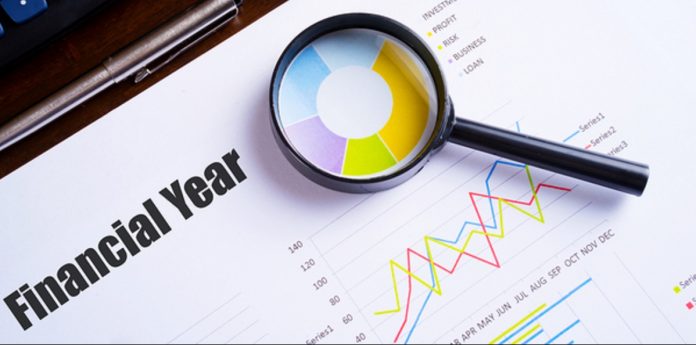- As the pandemic ravaged the country’s economy with impunity rendering the lives and livelihood of millions of citizens, the economists and financial experts from the field were unanimous in projecting a dismal scenario for the financial year 2020-21. The first quarter GDP reported a contraction of 23% further lending credence for the bleakest of the forecast in the remaining three quarters. As if on cue, the opposition was out with swords not only berating the ruling dispensation by calling it ineptitude in handling the situation but also vociferously demanding the resignation of the Prime Minister holding him responsible for the troubles.

PC: Jeroen Kraaijenbrink
- The subsequent quarter, largely owing to the stimulus packages announced by the Union Finance Minister did act as a catalyst to stabilize the economy from free fall allowing the much-needed cushioning from further downfall. After an agonizing fight for survival, revival, and growth challenges encountered over the last year and a half, there appears to be a silver lining as the GDP for 2020-21 has shrunk by 7.3 % to Rs. 135.12 lakh crore. Note that India’s first annual economic contraction in forty years was forecast as bleak but turns out to be not as dire as initially expected. It is a bit comforting to note that the positive news is showing the economy’s resilience even though the second wave has put paid to hopes of a sustained revival.
- The pullback which began in the October-December quarter gained momentum in the subsequent three months. Most hearteningly, the GDP expanded 1.6% to Rs. 35.19 crore in the January-March quarter thereby restricting the contraction to resemble not too bad in the overall scheme of things. However, the better-than-expected headline does not conceal the scale of the challenges lying ahead as the overall contraction of the GDP at 7.3% is still in the red. As we are aware, the 2020-21 GDP numbers will undergo revisions for three years as data on smaller firms and the informal sector come in. It is observed that typically, economic shocks tend to have a relatively more severe impact on these segments. As such, there might be a change in the figures in the coming years.

PC: Sunita Mishra
- We all know that consumption is the lifeline of any economic activity, and as such, unless the consumption demand picks up there is a danger that the recovery will run out of steam. Note that the private consumption for FY was Rupees 75.6 lakh crore, a level lower than what was recorded two years ago. Consumption remains the biggest component of GDP contributing no less than 56%. The future portends even more trouble as the second wave has stalled further opening up the economy with many states opting to impose lockdowns. Both the people and the governments are fearful. The economy is in dire need of receiving strong fiscal support in the form of support to dramatically increase the consumption pattern.






